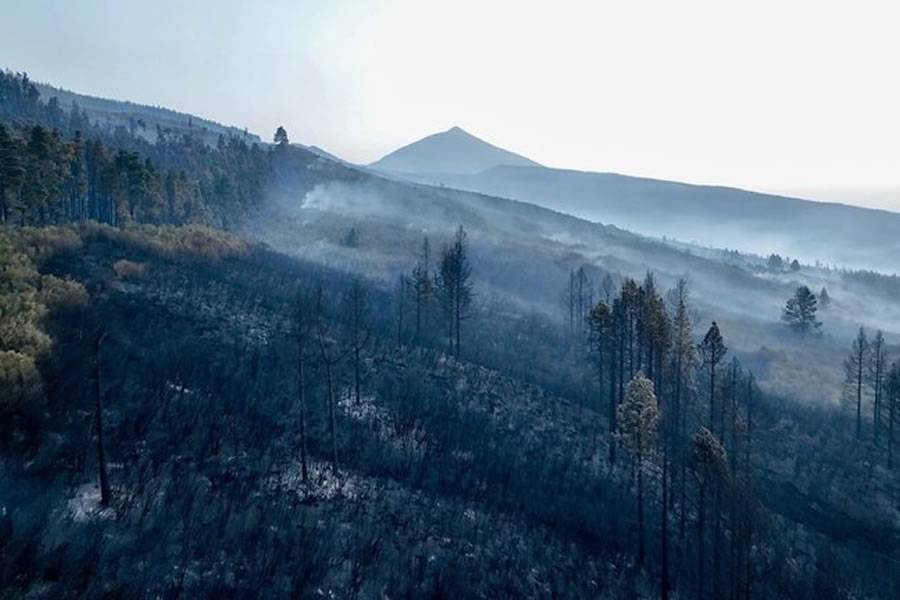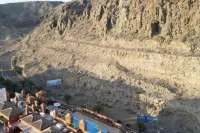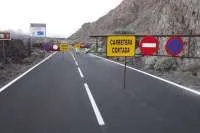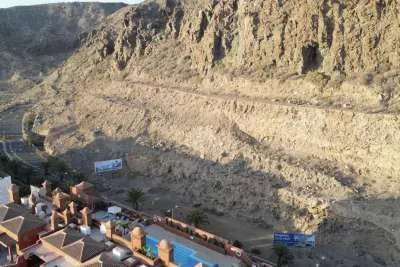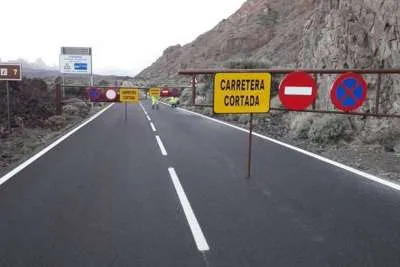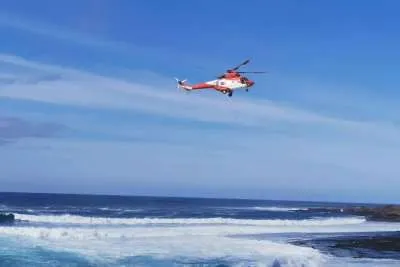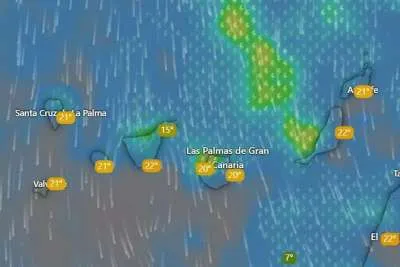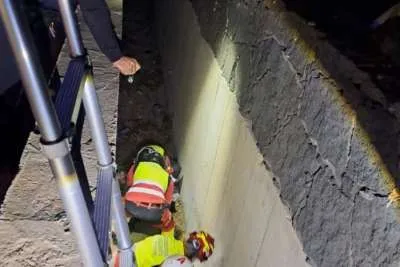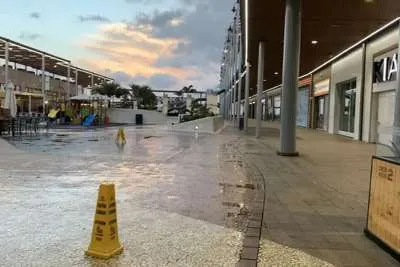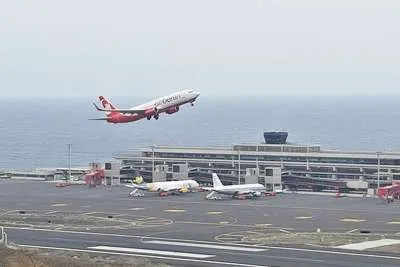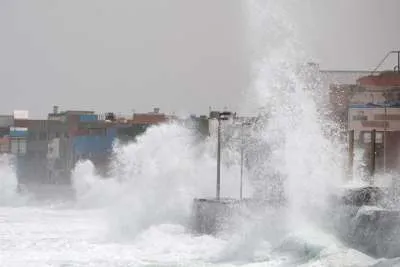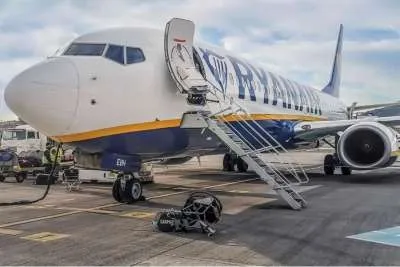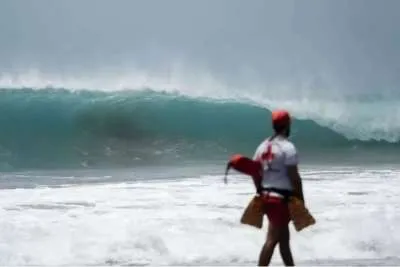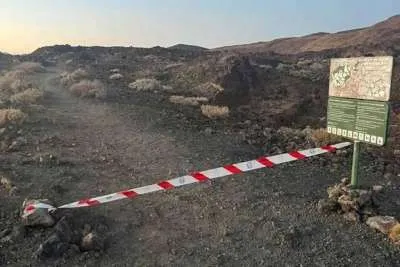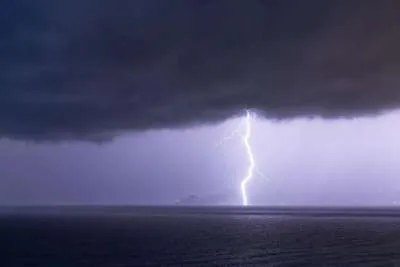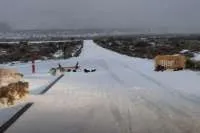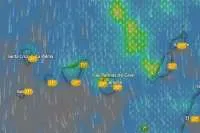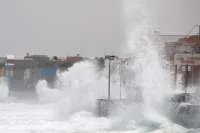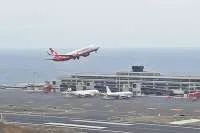The Tenerife Fire remains stabilized and drops to a Level 1 emergency
- 28-08-2023
- Tenerife
- Canarian Weekly
- Photo Credit: I Love The World
The Minister of Territorial Policy, Manuel Miranda, has announced today that the evolution of the fire in Tenerife allows reducing the risk situation from Emergency Level 2 to Emergency Level 1, as established in the Special Plan for Civil Protection and Emergency Attention due to Fires Forestry in the Canary Islands (INFOCA).
This decision has been made after consultations and deliberations by the advisory committee and the team managing the emergency, and means from now on, the Cabildo are in charge and take control of the extinguishing plan, and not the regional Government.
The fire is still in the stabilized phase, which it has been now since Thursday (24th August), which means that it hasn’t advanced or spread into new areas, and that the extinguishing work being carried out is leading it towards phase 3, which is fully controlled.
The advisory committee confirmed that this favourable situation is why the seaplanes and Military Emergency Units (UME) were withdrawn over the weekend, and that now the BRIFOR forestry brigades will also follow suit.
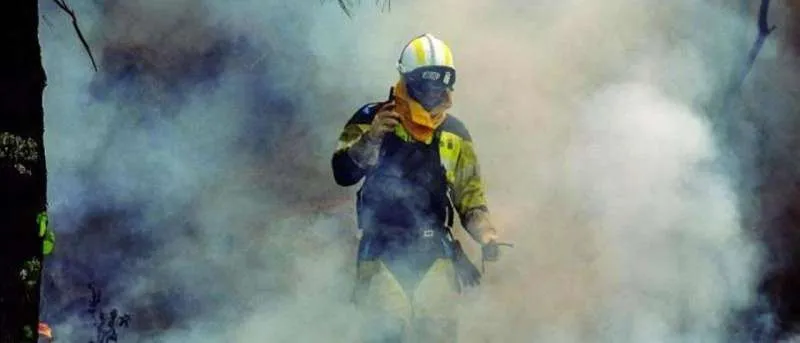
About the fire:
This fire started at 11:36pm on Tuesday 15th August in the vicinity of the TF-523 highway, between the municipalities of Arafo and Candelaria. Early the next day, due to its size, the Cabildo requested it move to a Level 2 emergency meaning the Government of the Canary Islands resources were called upon to fight it.
The total affected area amounts to 14,751 hectares distributed in twelve municipalities (La Orotava, Candelaria, Arafo, Santa Úrsula, Los Realejos, Güímar, La Victoria, El Rosario, El Sauzal, Fasnia, Tacoronte, and La Matanza) with a perimeter of 90km.
During the extinguishing operation, 22 aircraft have participated and, so far, a total of 7,277 discharges in which 13,103,700 litres of water have been used, with more than 600 ground troops including intervention, security, logistics and volunteer teams.
More than 13,000 people were evacuated from their homes of which 1,300 made use of the 10 shelters set up by the municipalities and the Red Cross, while most stayed with family and friends. Likewise, 473 animals were welcomed in different centres and sanctuaries, all of which have now gone home.
Other articles that may interest you...
Trending
Most Read Articles
Featured Videos
A Vision of Elvis Tenerife Promo
- 10-05-2025
TEAs 2025 Highlights
- 17-11-2025


